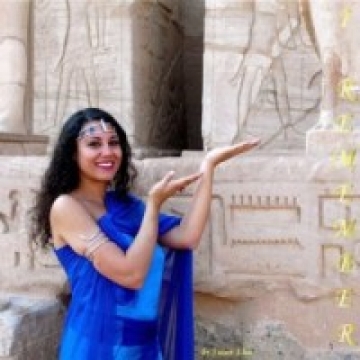The simple things are the most extraordinary, but only a pure heart can recognize them
21.02.2012
The Tarot cards
There is much that has been written and talked about the Tarot cards. Some people see them as a positive heritage of our culture and others as negative.
There is no doubt that they contain depth of insight and symbology from western and middle-east culture. Those who have studied them admit, to which ever camp they belong, that their accumulated and even complicated knowledge is very insightful and deep.
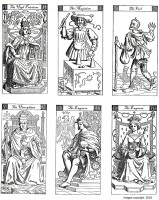
The Tarot cards are divided into two decks of 78 in total. The first deck contains 22 cards and are named Major Arcana. The second deck is named Minor Arcana and contains 56 cards.
Most beginning, and many experienced, users find it a bit weird to have two decks and simply mix them together into one. Also it is common that users allow the cards to mix in a way that if they stay upside-down that they'll have a different meaning from the straight posture.
There are numerous books on the Tarot and most of them recommend this way of doing things. Therefore encouraging their readers to learn 156 meanings to the cards instead of 78.

As users get more acqainted with the insight of the Tarot they'll realize that Major Arcana truly is the major part of the deck, with stronger and wider aspects than the Minor. Usually these users will tend to seperate the decks and use them only seperated and upright.
Guðjón, the author of this website, uses them only separated and upright. Laying them down in as simple and dynamic way as possible.
He devised by meditation a long time ago a method (not shown here) for laying the cards to achieve more precise insitght than other methods achieve. Whether it's they way of laying the cards or the way he divines them, no-one can really say. He also makes sure that Major Arcana has a certain house and the Minor another
Usually when people learn to use the Tarot they learn to use The Celtic Cross when divining. The cross is simple and clear with precise meanings for each house, and also in a beautiful pattern. On the left there is a clear focus on the querant and on the right a focus on different future aspects, leaving less for divination and more for the system.
There are many other systems or patterns for laying down the cards. What each user chooses when divining is more a matter of personal taste than a matter of importance. All users of the Tarot will choose their personal preference and sometimes even change the patterns or devise their own. Experience is usually the best teacher when it comes to this.
But still The Celtic Cross is perhaps the easiest and simplest to begin with, especially since the beginner can rely on the patterns and their meanings.
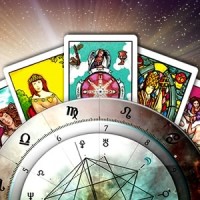
Symbology
Each symbol of the Major Arcana is well thought out, often with subtle and deep insight into tradition and the mystique of the soul. Each card, though diverse and complicated within its symbols, has a coherent and unique meaning.
The user, when involved in divination, can use his insight to choose which aspect of a symbol within each card has more or stronger meaning, according to placement in a house or in aspect to another card.
This way, though each symbol is important, the meaning is less when just read out than when divined by the reader for the querant. In this way you can have two different cards having different meanings according to the moment or its aspect within a laying pattern. Seen in this light it is obviously unimportant to have the cards upside-down.
The Minor Arcana deck has fewer symbols for each card and in a sens they provide more shallow, or superficial, insight than the Major Arcana. This is one of the reasons why many experienced users use the two decks as a separate deck. Using the Major Arcana to draw out the "good stuff" about each querant and using the Minor for details and other subtleties.
The Tarot as a whole has deep root sin Numerology and Astrology. Each card has its astrological sign and each has a numerological aspeect. It is common with users who have studied either or both to connect their meaning in a more intricate manner using this connection. Often it us a way of confirming if the reading at the moment is on the right track.
In a sense you could say that a person who understands the four elements, well the five elements according to Tao, and has a grasp of numerology, can read from Minor Arcana without having any knowledge of its meaning. Therefore relying exclusively on the Elements and Numerology. The same can be said for those who have understanding of Astrology.
The Minor Arcana is divided into four groups, just like common playing cards. Also the groups are similar in nature and they can be used in the excact same way. The only difference, which for some isn't a difference, the heads have one extra in Tarot Minor.
The groups are divided thus: Hearts are Cups, Diamonds are Coins, Leafs are Wands and Spades are Swords. Where regular cards have King, Queen and Jack, the Tarot Minor adds princess or knight.
Seen this way you could easily have Tarot Minor Arcana used as a card playing deck for Bridge, Gun Rummy or Poker.
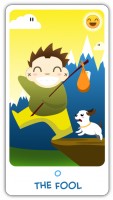
One special feature of the Tarot Major Arcana is The Fool. Being the first card in the deck its number is 0 or Zero which makes card 22 be number 21.
Therefore card zero has no special meaning as it cannot come up in your Numerology or Astrology. As such no-one in particular can perceive this card as his own.
This has exceptional meaning. Keep in mind that in mathematics the number zero never had any significance until centuries ago when Indian Mathematicians brought it in and gave it substance.
Also in western mythology there is no concept of the void as understood in Zen or Tao. No-one knows wherefore The Fool comes from or why. Many Taroticians have clamed that they own this number, but they cannot. The Fool remains a mystery for all, loved and desired by most and feared by many.
Aleister Crowley, the undisputed master of the tarot, claimed the fool for himself, among other things he also clamed the beast and the magus. Never the less, there is a very interesting description of the mythology behind the fool in one of his books, but that tale cannot be rendered here.
merkingu, reyndum Tarot dulspekingum til skemmtunar.
Aðrar greinar
About IceMystic

Aleister Crowley
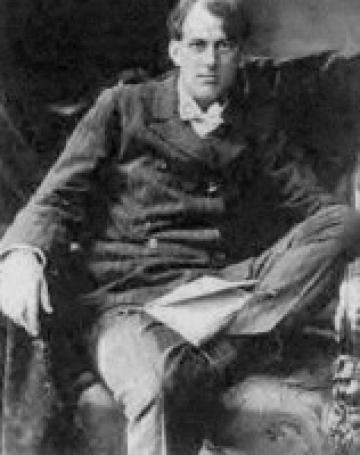
Lady Frieda Harris
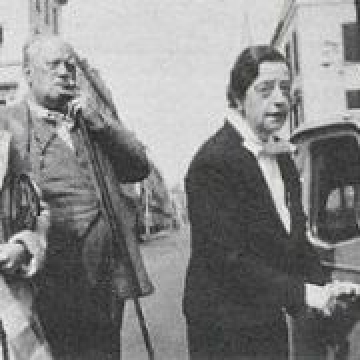
Numerology
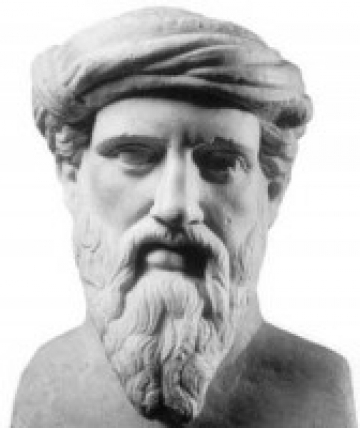
Rider Waite Tarot

Tarot de Marseille
The Tarot cards
Thoth Tarot
